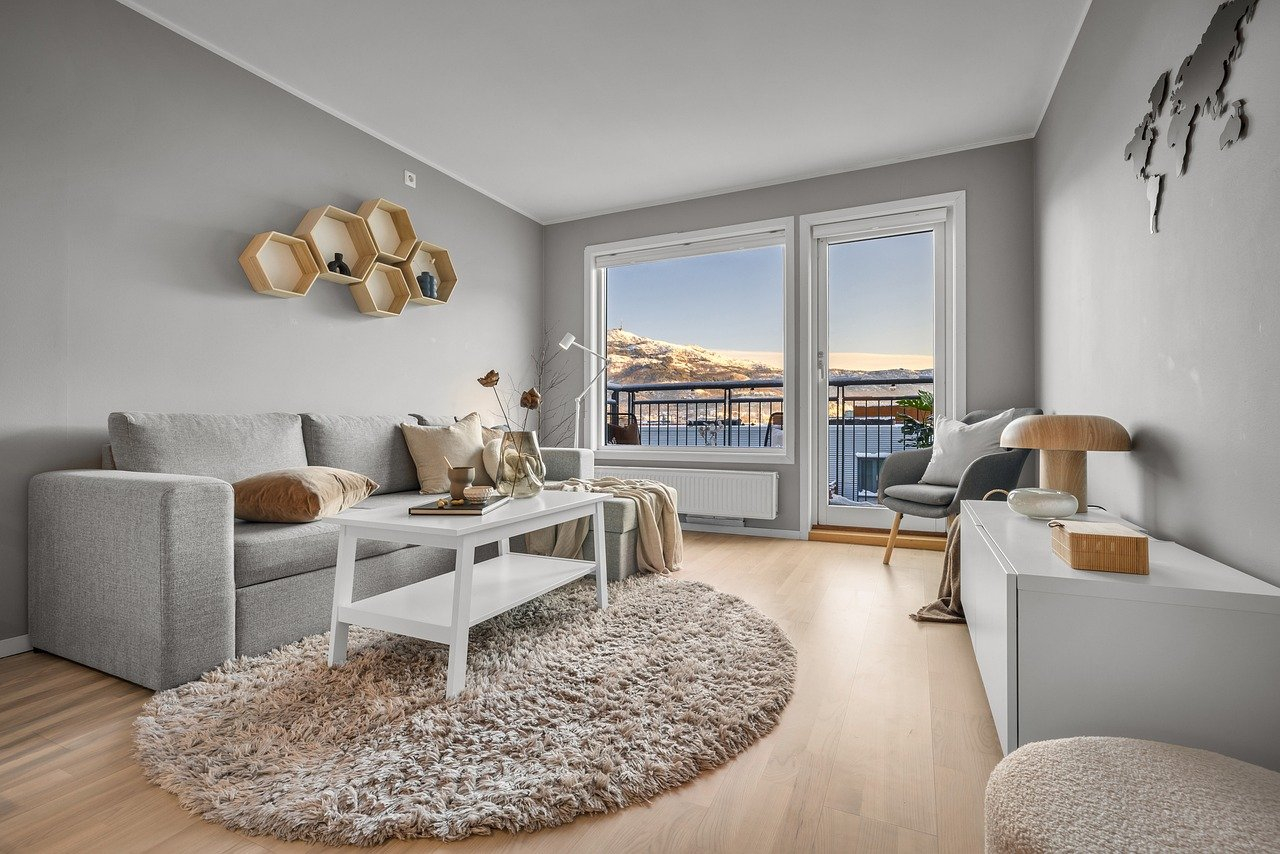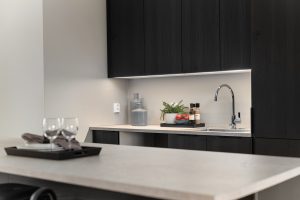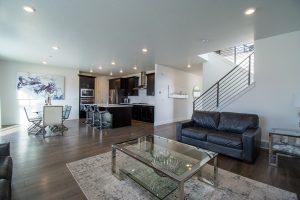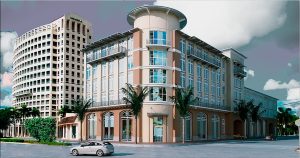Regenerative Housing: Homes That Give Back to the Environment
When it comes to finding a sustainable living solution, traditional homes fall short. They often use non-renewable resources and create waste, contributing to the decline of our environment. However, there is a rising architectural trend that aims to change this: regenerative housing. These innovative homes are designed to not only have a minimal impact on their surroundings, but also give back to the environment. Let’s explore the concept of regenerative housing and how it can revolutionize the way we live.
The Concept of Regenerative Housing
Regenerative housing is a holistic approach to construction that prioritizes the well-being of both inhabitants and the environment. Rather than simply minimizing negative impacts, these homes are designed to actively benefit the surrounding ecosystem.
At the core of regenerative housing is the concept of zero waste. This means that materials used in construction are carefully chosen and utilized in the most efficient way possible. Any waste produced during the construction process is repurposed or recycled, reducing the overall carbon footprint of the home. Additionally, regenerative homes are built with longevity in mind, using durable and sustainable materials that require minimal maintenance and repairs in the future.
Features of a Regenerative Home
To achieve a truly regenerative design, homes must incorporate several key elements that work together to create a self-sustaining ecosystem:
1. Renewable Energy Sources
One of the main features of regenerative housing is the use of renewable energy sources such as solar panels, wind turbines, and geothermal systems. By harnessing the power of the environment, these homes can generate their own electricity, reducing the need for non-renewable energy sources.
2. Water Management Systems
Water is a precious resource, and regenerative homes aim to use it effectively and efficiently. This can include features such as rainwater harvesting, graywater recycling, and low-flow fixtures. Some homes even have on-site wastewater treatment systems, allowing for a closed-loop water supply.
3. Green Roof and Walls
In addition to providing an aesthetically pleasing touch, green roofs and walls serve many purposes in a regenerative home. They can help regulate temperature, reduce noise pollution, and provide a habitat for pollinators and other wildlife.
4. Natural Ventilation and Lighting
Maximizing natural ventilation and lighting is an essential part of a regenerative home’s design. This reduces the need for artificial lighting and air conditioning, further minimizing energy usage and costs. It also creates a healthier and more comfortable living space.
Benefits of Regenerative Housing
Beyond being environmentally friendly, regenerative housing offers many benefits to its inhabitants:
1. Cost Savings
By utilizing renewable energy sources and minimizing waste, regenerative homes can significantly reduce utility costs in the long run. This can save homeowners thousands of dollars over the lifetime of the home.
2. Better Indoor Air Quality
Green features such as natural ventilation and low-emission materials create a healthier indoor environment for inhabitants. This can help reduce respiratory issues and allergies, resulting in a more comfortable living space.
3. Connection to Nature
Spending time in nature has many mental and physical health benefits. Regenerative homes aim to bring nature into daily life by incorporating green spaces, natural light, and views of the surrounding environment.
4. Increased Property Value
As the demand for sustainable living solutions grows, regenerative homes are increasing in popularity. This can have a positive impact on property value, making these homes a sound investment for the future.
The Future of Housing
With the growing concern for environmental sustainability, regenerative housing is becoming more than just a trend – it’s a necessary step towards a greener future. As technology and construction methods continue to evolve, we can expect to see even more innovative and efficient regenerative homes in the coming years.
Living in a regenerative home not only benefits the environment but also enhances our quality of life. By embracing this concept, we can create a more sustainable and harmonious relationship with the world around us. So why settle for a home that only takes from the environment when you can have a regenerative home that gives back?








